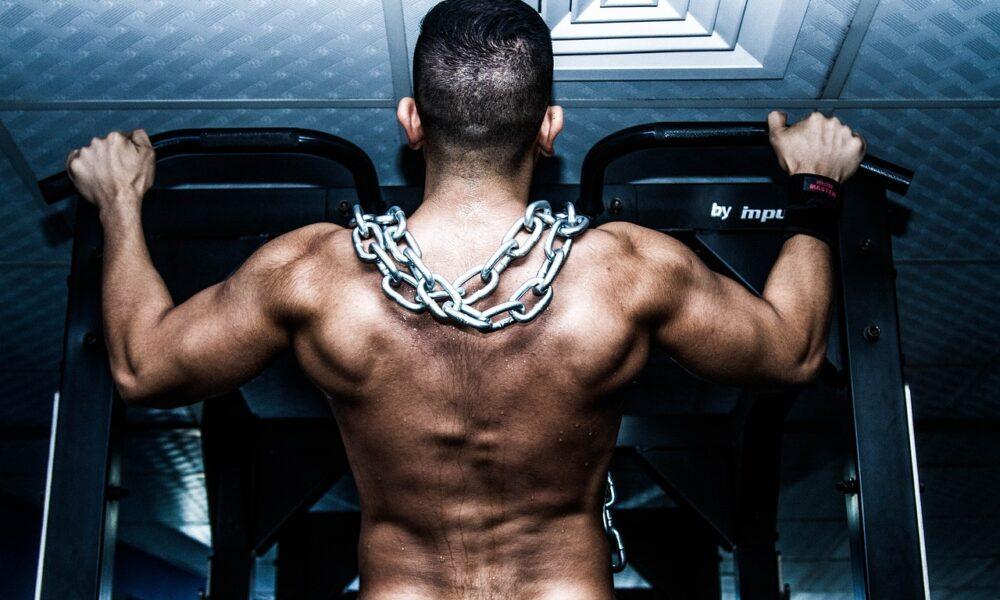

Weightlifting is an excellent way to build muscle, strength and lose fat.
With countless weightlifting exercises, it can be overwhelming to determine which ones yield the best benefits for muscle growth.
Below we have listed 10 essential weightlifting exercises to help you sculpt your dream physique by building muscles. They include:
Squats
Squats are an excellent weightlifting workout to build strength and muscles in the lower body. They primarily work on the glute, quadriceps, hamstring, and lower back. They also recruit the core muscles to stabilize your body when working out.
You can perform squats with your body weight or add weights such as dumbbells, kettlebells, or bands to increase resistance.
There are various variations of squats you can perform depending on your fitness level. Back squats are great to try! To begin, approach a squat or power rack with the barbell at an appropriate height (slightly below shoulder level). Position your head underneath the bar, ensuring it rests comfortably across your upper back, just below your neck.
Grasp the barbell with an overhand grip, slightly wider than shoulder-width apart, step back, and position your feet shoulder-width apart, toes angled somewhat outwards. Engage your core, lift your chest, and maintain a neutral spine throughout the movement.
Bend at your hips and knees simultaneously and lower your body until your thighs are parallel to the ground or slightly below by pushing your hips back and down, maintaining a controlled descent, and keeping your knees track in line with your toes. Maintain an upright torso and avoid leaning too far forward or excessively arching your back.
Push up, returning to the starting position by driving through your heels and extending your hips and knees simultaneously. Exhale as you move upward, keeping the barbell balanced and maintaining control throughout the entire range of motion.
Maintaining proper form during back squats is essential to prevent injury and optimize muscle engagement. For those with knee pain, wall squats or a wall may suit you.
Shoulder Press
The shoulder press, also known as the military press, is a weightlifting exercise that targets the shoulder, triceps, and upper pectorals. Like squats, the shoulder press is versatile. You can do a dumbbell shoulder press, barbell shoulder press, or with shoulder press with equipment.
To do a shoulder press using a barbell, stand with your feet shoulder-width apart. Reach out and hold a barbell with your hand at a slightly wider than shoulder-width apart level, using an overhand grip (palms facing forward). Make sure your grip is secure and comfortable.
With your feet hip distance apart, core legs and glutes tight and engaged, lift the barbell off the rack by straightening your arms and then move two steps back. The bar should be resting on your upper chest, just below your chin, with your elbows pointing down and your forearms perpendicular to the floor.
With your feet firmly on the ground, push the barbell upward over your head by extending your arms, ensuring your elbows move out to the sides and your head straight.
Pause briefly when your arms are fully extended and slowly lower the barbell back to the starting position, bending your elbows and allowing the barbell to drop under control. Maintain control of the weight throughout the descent.
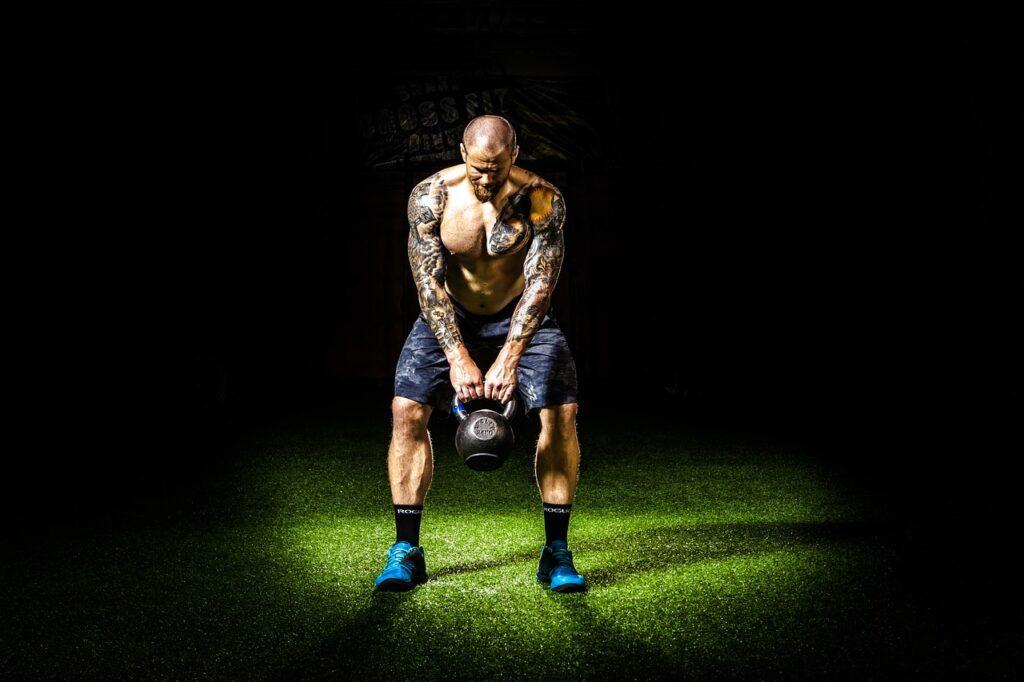
Deadlifts
Deadlifts work out various muscle groups, primarily engaging the entire posterior chain, including the glutes, hamstrings, lower back, core, and traps. The workout also helps you learn to work out without experiencing back pain or injury.
Deadlifts are versatile. You can add weight using a dumbbell, kettlebell, or trap bar. To perform a deadlift with an added barbell, place your feet hip-width apart straight under the barbell. While keeping your back straight, bend at the knees and hips, and grasp the barbell with your hands placed shoulder-width apart.
Driving from your feet, lift the barbell from the ground while keeping it close to you by extending your hips and knees. Hinge your hips back and lower the barbell as you lift.
Bench Press
The bench press is an effective workout that targets the pectorals, triceps, and shoulder muscles. To do a bench press, lie flat on a bench with your feet firmly planted on the floor and your eyes directly on the barbell.
With your wrist neutral, core, feet, legs, and glutes tight and engaged, grip the barbell with your hands slightly wider than shoulder-width apart. Carefully lift the bar from the rack and suspend it above your chest. Ensure your arms are straight to avoid injury and bench pressing errors.
Gently lower it to your chest, and push it back to the starting position. Repeat.
Pull Ups
Pull-ups work out different muscles depending on your hand grip. They build muscles and strength by engaging large muscle groups, including biceps and back muscles such as lats, rhomboids, rear deltoids, mid-traps, brachialis, and forearm. Unlike the bench press, you use your body weight as resistance in pull-ups.
To perform a pull-up, grab a pull-up bar with an overhand grip with your hands shoulder-width apart. Hang freely with your leg squeezed, core tight, lat and back engaged, and shoulder pulled back.
Keep your eyes straight and pull yourself up until your chin reaches the bar, then carefully lower yourself down to the hanging position with control and repeat.
If you can’t do unassisted pull-ups, use an assisted pull-up machine or resistant band as you start to lift part of your body, or try negative pull-ups.
Dips
Dips are bodyweight workouts that primarily build triceps and other upper body muscles such as the chest and shoulder.
You need parallel bars or dip bars to do the workout. Stand between the bars and place your hands on the bars with your arms straight. Lean slightly forward with your core engaged and a straight torso throughout the movement, and bend at the hips.
Lower your body until your elbows are at a 90-degree angle (parallel to the ground). Keep your elbows pointed back and avoid excessive flaring.
Pause briefly at the bottom, then push through your palms, extend your arms, and push back up to the starting position.
Push Ups
The push-up is a weightlifting upper body workout that builds muscle primarily by recruiting multiple large muscle groups. Like pull-ups, it targets the triceps, chest, and shoulder muscles. It also engages the legs and core stability.
Push-up workout has two variations: The traditional push-up, where you drop your knees to the ground and do a push-up from the knees and hands, and the elevated push-up, where you modify the conventional push-up by elevating your upper body onto a chair, edge of a table, desk or on a box.
To perform an elevated push-up, Identify a sturdy high surface such as a bench, chair, or box. Ensure that it can support your body weight without wobbling or tipping over.
Position yourself facing the elevated surface and place your hands shoulder-width apart on the edge of the surface. Step back and extend your legs until your body forms a straight line from your head to your heels. Engage your core muscles by tightening your abs and glutes. This will help maintain stability throughout the exercise.
Lower your chest toward the elevated surface by bending your elbows. Keep your elbows at a 45-degree angle to your body, ensuring they don’t flare out to the sides. Descend until your chest is just above the surface or until you feel a comfortable stretch in your chest and shoulders.
Push through your palms and extend your arms to raise your body back to the starting position. Keep your body straight and maintain tension in your core muscles throughout the movement. Repeat.
Unlike traditional push-ups, elevated push-ups increase the intensity, decrease the load on your arms, and allow the legs to help you work out. Furthermore, it makes the exercise slightly more accessible and allows for a great range of motion.
Lunges
Lunges are effective lower-body workouts that target bigger muscles in the lower body, including the quadriceps, hamstrings, glutes, and calves.
The exercise builds muscles by strengthening the lower body muscles and increasing muscle mass. You can use your body weight or add various equipment, such as a dumbbell or barbell, to add weight.
To do the workout, stand tall with your feet hip-width apart, with your hands on your hips, or hang naturally by your sides.
Step forward with one leg, ensuring you have enough space to lower your body and lower your body by bending both knees simultaneously. The front knee should be at approximately a 90-degree angle, with the thigh parallel to the floor, while the back knee should be positioned just above the ground.
With your torso upright, chest lifted, and core engaged, push through the front heel and extend both knees and hips to return to the starting position. Repeat the movement on the opposite leg, alternating between legs for the desired number of repetitions.
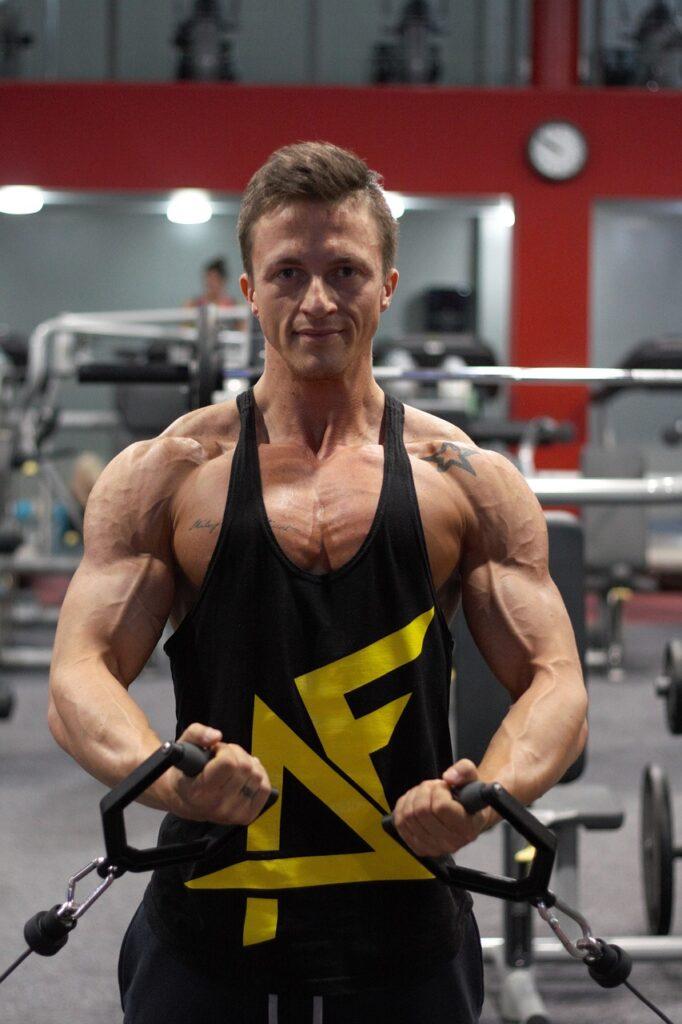
Biceps Curls
Biceps curls are weightlifting upper-body exercises that work muscles on the upper arm’s front side. It builds muscle mass and increases the strength needed for weightlifting.
To perform biceps curls, stand with your feet shoulder-width apart and engage abdominal muscles.
Hold the dumbbell in your hands with an underhand grip. With your upper arms stable and shoulders relaxed, bend your elbows and raise the dumbbells towards your shoulders. Keep your upper arms stationary throughout the movement, allowing only your forearm to move.
Exhale and contract your biceps muscles. Slowly lower the dumbbells back down to the starting position, maintaining control and resisting the urge to let gravity take over.
Bent over Rows
Bent over row, also known as the barbell row, is a compound workout that builds muscles and strength in back muscles, including the latissimus dorsi (lats), rhomboids, and lower trapezius. The exercise also requires help from the core, arms and lower back muscles to be done successfully, thus building the biceps and core muscles.
Bent over row has many variations, including Smith machine row, dumbbell bent over row, reverse grip Bent over row, T-bar row, and one arm bent over dumbbell row.
To do a bent-over row, stand with your feet shoulder-width apart, holding a barbell or dumbbell with an overhand grip (palms facing down).
Hinge forward at the hips while maintaining a straight back. Keep your torso parallel to the ground or at a slight angle and let your arms hang down in front of you.
Pull the weight towards your lower chest by driving your elbows back while retracting your shoulder blades and squeezing your back muscles.
Pause momentarily when the weight is close to your lower chest and feel your back muscles contract.
Slowly lower the weight back down to the starting position, fully extending your arms and allowing them to hang before you, and repeat.
Conclusion
Incorporating these 10 essential weightlifting exercises into your fitness routine can be a game-changer when building muscle and achieving your strength goals as a bodybuilder.
These exercises, ranging from the squat and shoulder press to the bent-over row and lunges, target major muscle groups, ensuring a well-rounded and balanced approach to strength training and muscle building.
Take action today and incorporate these exercises into your training regimen!
You can also consult a fitness professional to design a program tailored to your specific needs and goals and evaluate your current fitness routine to identify areas where you can incorporate these exercises before you start.






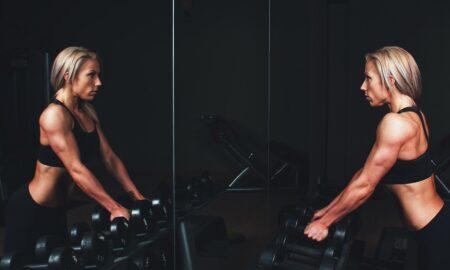
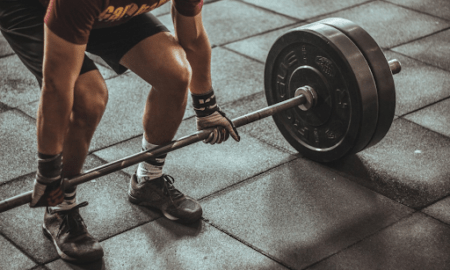







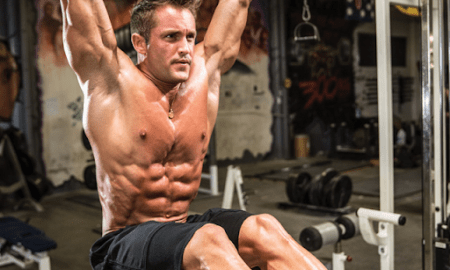



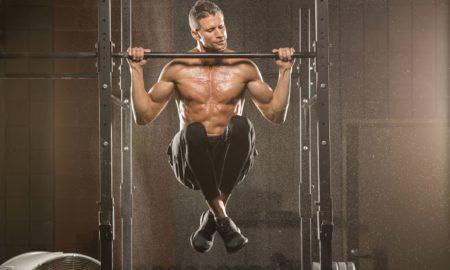


You must be logged in to post a comment Login